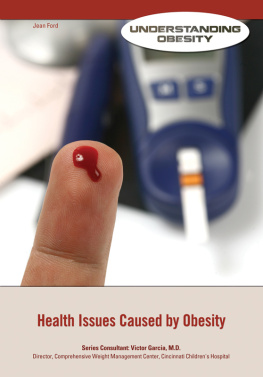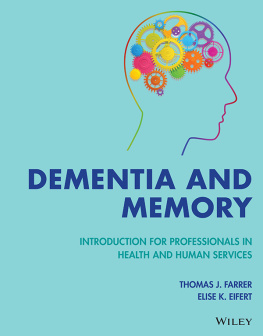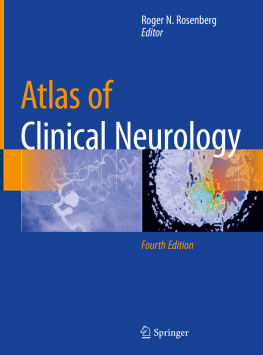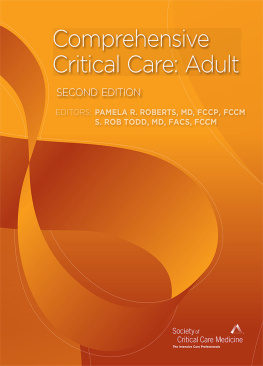Communicable Illness
Chronic illnesses are not the only cause for strong public health concern in America, as a growing number of communicable illnesses have proven to be just as threatening to an individuals health. While research attempts to predict the future of health care needs, epidemics and pandemics of illness can strike without warning or proper preparation. In 2012, an outbreak of meningitis brought over 720 cases and 48 deaths, as well as a wave of West Nile Virus, which caused 243 deaths out of 5,387 cases.
In the 2014-15 flu season, the U.S. was exposed to a stronger strain of the influenza virus than ever before, and while a vaccine was available, it proved to be less effect with the elderly who have a higher mortality rate from effects of the virus.
Also last year the world watched in horror as the Ebola virus raced through several West African nations, killing up to 90 percent of those infected. It takes little imagination to think what might happen if several people with the Ebola virus or any other deadly disease were able to board a plane and travel undetected across the world.
According to a report by the National Intelligence Council The dramatic increase in drug-resistant microbes, combined with the lag in development of new antibiotics, the rise of megacities with severe health care deficiencies, environmental degradation, and the growing ease and frequency of cross-border movements of people and produce have greatly facilitated the spread of infectious diseases.
Its conclusions were:
New and reemerging infectious diseases will pose a rising global health threat and will complicate US and global security over the next 20 years. These diseases will endanger US citizens at home and abroad, threaten US armed forces deployed overseas, and exacerbate social and political instability in key countries and regions in which the United States has significant interests.
Infectious diseases are a leading cause of death, accounting for a quarter to a third of the estimated 54 million deaths worldwide in 1998. The spread of infectious diseases results as much from changes in human behavior--including lifestyles and land use patterns, increased trade and travel, and inappropriate use of antibiotic drugs--as from mutations in pathogens.
Twenty well-known diseases--including tuberculosis (TB), malaria, and cholera--have reemerged or spread geographically since 1973, often in more virulent and drug-resistant forms.
At least 30 previously unknown disease agents have been identified since 1973, including HIV, Ebola, hepatitis C, and Nipah virus, for which no cures are available.
Of the seven biggest killers worldwide, TB, malaria, hepatitis, and, in particular, HIV/AIDS continue to surge, with HIV/AIDS and TB likely to account for the overwhelming majority of deaths from infectious diseases in developing countries by 2020. Acute lower respiratory infections--including pneumonia and influenza--as well as diarrheal diseases and measles, appear to have peaked at high incidence levels.
Many infectious diseases--most recently, the West Nile virus--originate outside US borders and are introduced by international travelers, immigrants, returning US military personnel, or imported animals and foodstuffs. In the opinion of the US Institute of Medicine, the next major infectious disease threat to the United States may be, like HIV, a previously unrecognized pathogen. Barring that, the most dangerous known infectious diseases likely to threaten the United States over the next two decades will be HIV/AIDS, hepatitis C, TB, and new, more lethal variants of influenza. Hospital-acquired infections and foodborne illnesses also will pose a threat.
Discussing the implications for U.S. National Security, the report said: As a major hub of global travel, immigration, and commerce with wide-ranging interests and a large civilian and military presence overseas, the United States and its equities abroad will remain at risk from infectious diseases.
Emerging and reemerging infectious diseases, many of which are likely to continue to originate overseas, will continue to kill at least 170,000 Americans annually. Many more could perish in an epidemic of influenza or yet-unknown disease or if there is a substantial decline in the effectiveness of available HIV/AIDS drugs.
Infectious diseases are likely to continue to account for more military hospital admissions than battlefield injuries. US military personnel deployed at NATO and US bases overseas, will be at low-to-moderate risk. At highest risk will be US military forces deployed in support of humanitarian and peacekeeping operations in developing countries.
The infectious disease burden will weaken the military capabilities of some countries--as well as international peacekeeping efforts--as their armies and recruitment pools experience HIV infection rates ranging from 10 to 60 percent. The cost will be highest among offcers and the more modernized militaries in Sub-Saharan Africa and increasingly among FSU states and possibly some rogue states.
Infectious diseases are likely to slow socioeconomic development in the hardest-hit developing and former communist countries and regions. This will challenge democratic development and transitions and possibly contribute to humanitarian emergencies and civil conflicts.
Infectious disease-related embargoes and restrictions on travel and immigration will cause frictions among and between developed and developing countries.
The probability of a bioterrorist attack against US civilian and military personnel overseas or in the United States also is likely to grow as more states and groups develop a biological warfare capability. Although there is no evidence that the recent West Nile virus outbreak in New York City was caused by foreign state or nonstate actors, the scare and several earlier instances of suspected bioterrorism showed the confusion and fear they can sow regardless of whether or not they are validated.
Infectious disease microbes are constantly evolving, oftentimes into new strains that are increasingly resistant to available antibiotics. As a result, an expanding number of strains of diseases--such as TB, malaria, and pneumonia--will remain diffcult or virtually impossible to treat. At the same time, large-scale use of antibiotics in both humans and livestock will continue to encourage development of microbial resistance. The firstline drug treatment for malaria is no longer effective in over 80 of the 92 countries where the disease is a major health problem. Penicillin has substantially lost its effectiveness against several diseases, such as pneumonia, meningitis, and gonorrhea, in many countries. Eighty percent of Staphylococcus aureus isolates in the United States, for example, are penicillin-resistant and 32 percent are methicillin-resistant. A US Centers for Disease Control and Prevention (USCDC) study found a 60-fold increase in high-level resistance to penicillin among one group of Streptococcus pneumoniae cases in the United States and significant resistance to multidrug therapy as well. Influenza viruses, in particular, are particularly effcient in their ability to survive and genetically change, sometimes into deadly strains. HIV also displays a high rate of genetic mutation that will present significant problems in the development of an effective vaccine or new, affordable therapies.
EBOLA
The 2014 Ebola epidemic was the largest in history affecting multiple countries in West Africa. The U.S. sent medical personnel to assist, two of whom became affected and were airlifted back home both survived. Two other infected people managed to enter the U.S. and both were hospitalized, one survived and the other died.
The Ebola virus causes an acute, serious illness which is often fatal if untreated. Ebola virus disease (EVD) first appeared in 1976 in 2 simultaneous outbreaks, one in Sudan, and the other in the Democratic Republic of Congo. The latter occurred in a village near the Ebola River, from which the disease takes its name.










